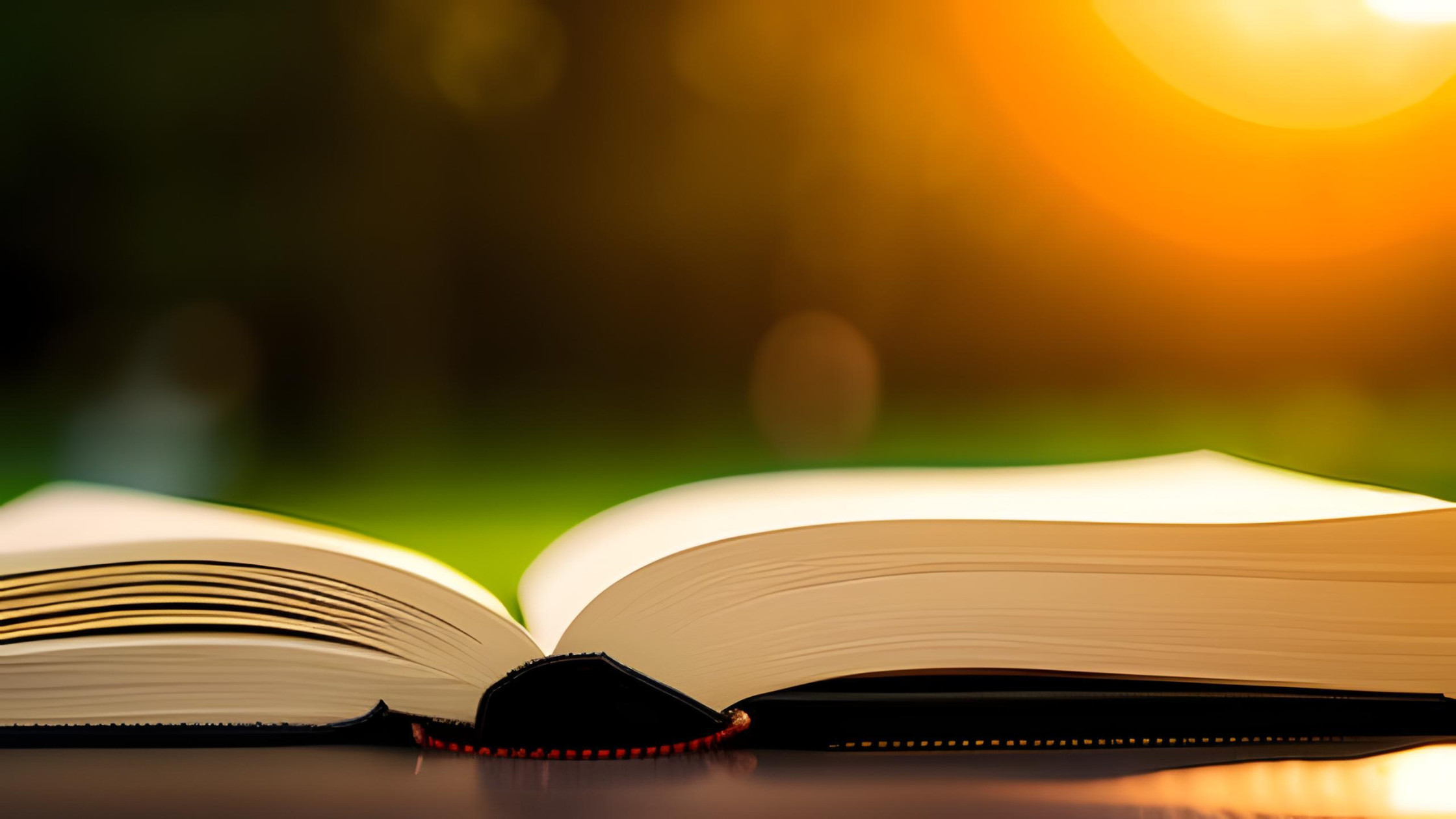Romance has been a perennial theme in literature, captivating readers for centuries. Within the pages of classic romance novels, we find more than just tales of love; we discover a world where seduction takes center stage. Beyond the physical aspect, the seduction in these novels transcends mere attraction—it delves into the realms of emotion, intellect, and the power of words. In this exploration of seduction through literature, we’ll delve into classic romance novels to uncover the art of wooing and the nuances of human connection.
Pride and Prejudice by Jane Austen
Jane Austen’s “Pride and Prejudice” is a masterpiece of subtle seduction. Set in the early 19th century, the novel revolves around the headstrong Elizabeth Bennet and the enigmatic Mr. Darcy. Their intellectual sparring and verbal duels are the essence of seduction. Mr. Darcy’s letter to Elizabeth, revealing the truth about his character, is a prime example of how the written word can sway hearts. In this novel, the dance of words and emotions is as potent as any physical attraction, illustrating the power of intellect in seduction.
Wuthering Heights by Emily Brontë
Emily Brontë’s “Wuthering Heights” presents a different facet of seduction—one rooted in obsession and passion. The love between Heathcliff and Catherine is tumultuous and destructive, showcasing how the intensity of emotions can be a seductive force. The novel explores the darker, more complex aspects of human desire and how they can lead to an all-consuming form of seduction.
Jane Eyre by Charlotte Brontë
“Jane Eyre” by Charlotte Brontë provides another perspective on seduction, where the allure is not in grand gestures but in the deep emotional connection between the characters. The slow-burning romance between Jane Eyre and Mr. Rochester builds on shared experiences, mutual respect, and profound intellectual connection. The novel underscores the idea that lasting seduction is rooted in the understanding of one’s innermost desires and fears.
Gone with the Wind by Margaret Mitchell
Margaret Mitchell’s epic novel “Gone with the Wind” portrays seduction as a battleground of wills between the fiery Scarlett O’Hara and the enigmatic Rhett Butler. Their passionate interactions, filled with witty banter and undeniable chemistry, exemplify the power of charm and allure. The tension between Scarlett and Rhett throughout the novel illustrates how seduction can be a constant push and pull, a dance of attraction and resistance.
Pillow Talk and Prose
Classic romance novels demonstrate that seduction is not confined to the physical realm. They remind us that words, emotions, and intellect can be just as potent in igniting desire as any physical encounter. In these novels, seduction is often a slow, tantalizing journey, with each word and action carefully chosen to elicit a specific response.
The art of seduction in literature is a testament to the richness and complexity of human relationships. These novels invite us to explore the depths of human desire, the power of connection, and the ways in which seduction can be a profound and transformative force. While classic romance novels may transport us to different eras and settings, their exploration of seduction’s multifaceted nature remains timeless and relevant, reminding us that the dance of love and desire is an enduring theme that will forever captivate readers’ hearts.












